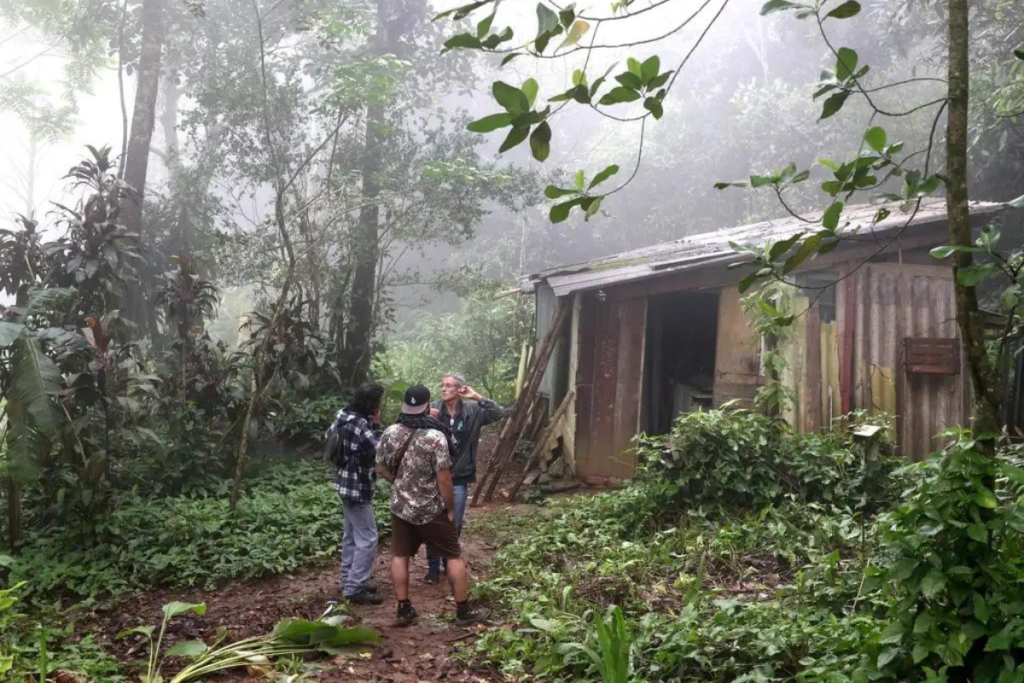As per recent data disclosed by the Brazilian Institute of Geography and Statistics (IBGE), over 22 percent or approximately 23 million addresses out of Brazil’s total of 106 million, currently lack street numbers or are located in an area with unnamed streets. This lack of clear addressing affects 2.7 million households directly.
The IBGE in June 2024, further lay bare the desperate need for an organized system of addresses in Brazil, as it outlined the landscape of establishment distributions across the country. Brazil, with 210 million inhabitants, has around 90.6 million private dwellings, 264,000 educational establishments, and 247,000 healthcare facilities, amongst others. The wealthier southeastern state of São Paulo alone accounted for 605,000 of the 3.5 million buildings that were under construction or renovation during the 2022 census.
Brazil’s addressing situation has significant implications. For instance, addresses act as indicators of citizenship, according to Eduardo Baptista, manager of the national registration of addresses at IBGE. The absence of formalized addresses by city officials results in residents experiencing a “deficit in their citizenship.”
The country’s address gap, however, reflects a broader context of stark inequality. As previously reported by the IBGE in 2023, a widespread issue is the high incidence of young Brazilians aged between 15 to 29 years, known as the “neither in employment, education, or training” (NEET) category, being disproportionately overrepresented amongst the country’s poorest.
The meticulously collected georeferenced address data by IBGE has proved crucial in aiding public policy. For instance, the sudden early release of this data following the tragic floods in Rio Grande do Sul became instrumental in allowing local authorities to assess the extent of damage effectively. These details, superimposed on a satellite image of the city of Lajeado, revealed that the slowly encroaching floods had affected 4,600 private homes, 82 buildings under construction, and 15 schools.
Furthermore, a geospatial map produced by IGEB shed light on the aftermath of the Braskem salt mining disaster in the northeastern city of Maceió, one of the largest urban environmental tragedies in Brazil’s history. The map, covered in red dots, represented abandoned locations, forming a stark representation of the disaster’s impact.
The IGEB maintains the rightful notion that accurate address data could efficiently aid Brazil’s federal, state, and city governments in public infrastructure planning, from transportation and healthcare facilities to even mail delivery. Accurate assigning of addresses will help in determining areas with higher demand for these services, contributing to a balanced distribution of urban resources.
